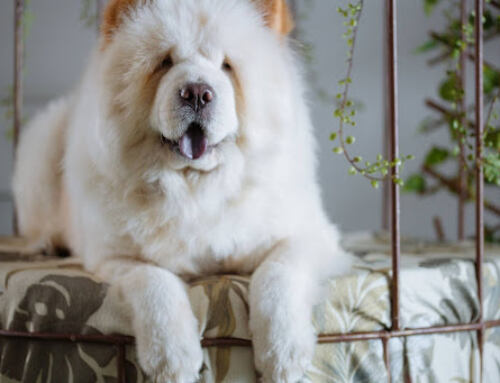Even though the long-haired Dalmatian is not as common as the short-haired Dalmatian, dog owners all over the world are very passionate about these dogs. Dalmatians have always been one of the most popular dog breeds in the United States, but recently the long-haired Dalmatians have become even more popular.
Because of this rise in popularity, there are now more dog breeders who only raise long-haired Dalmatians. This is because there is more demand for this type of fur. Before getting a dog, it’s important to know everything there is to know about the breed to make sure it’s the right fit for you and your family. This breed has become more popular thanks to the Disney movie “101 Dalmatians.”
History Of Long Haired Dalmatian
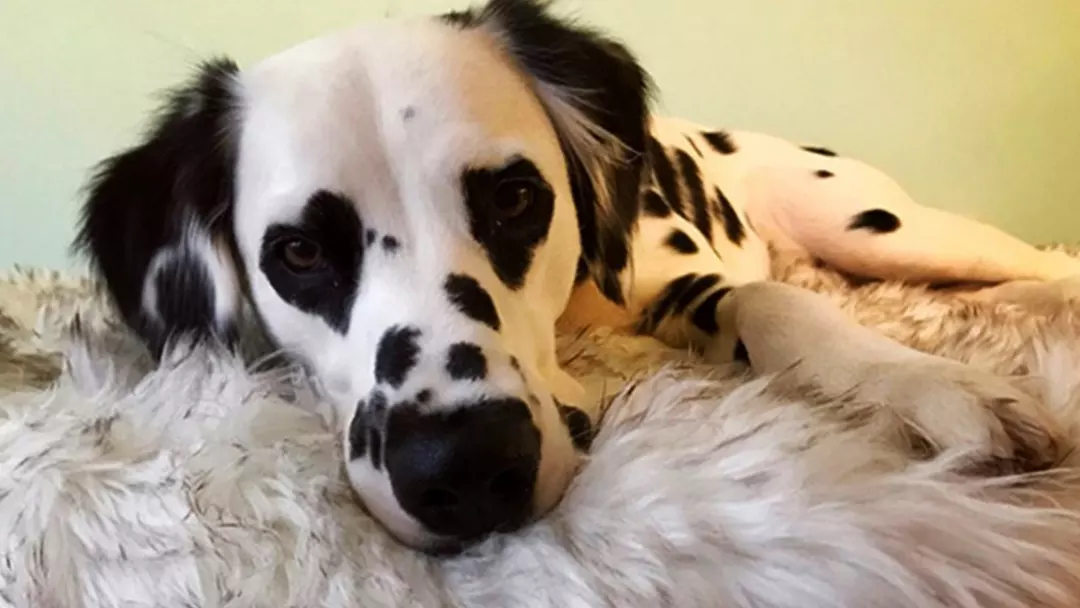
The fluffy dalmatian breed started in the Dalmatia region of Croatia in the 1300s. They have white fur with black spots, and they are known for being tall and strong. The breed used to be known as a hunting dog, and people in this part of the world praised their beauty.
At the end of the 1800s, fluffy Dalmatians started to be sent to England and other places around the world. The breed quickly became popular because it was smart and had a fur color that stood out. In the 1800s, the breed came to the United States. Since then, it has become one of the most popular dog breeds there.
Appearance of Longhaired Dalmatian
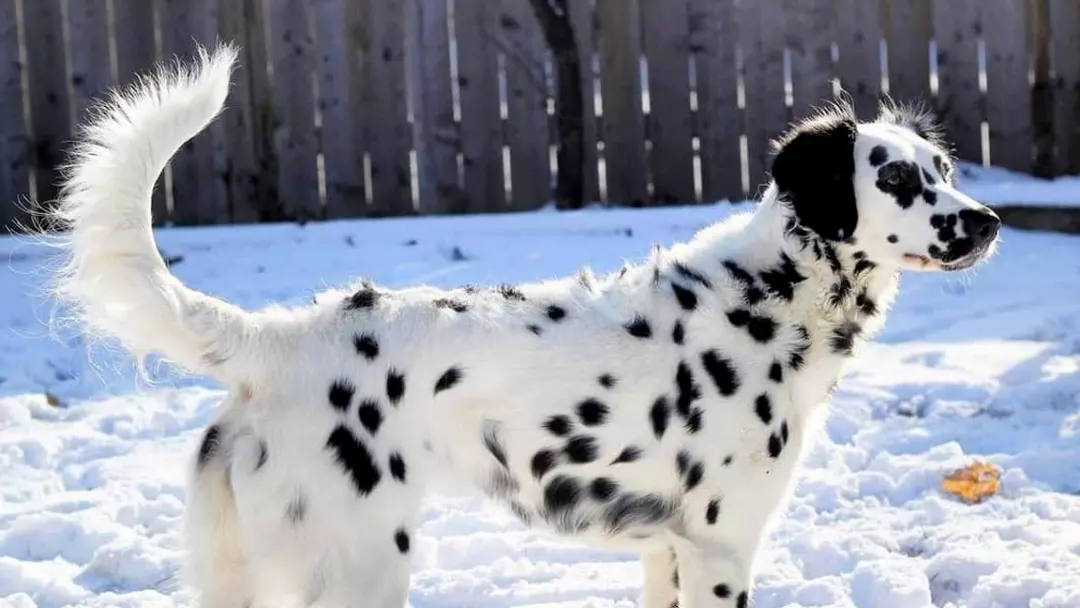
The long-haired Dalmatian and the short-haired Dalmatian are both about the same size, but their fur is very different. The height and weight are about the same as the average Dalmatian.
The standard Dalmatian’s fur is short, but an LC Dalmatian’s fur can be anywhere from 2 inches to 4 inches long. Most of the time, the fur is white with black spots. Depending on the type of fur of the parents, the baby’s fur will either be curly or straight.
A LC Dalmatian doesn’t have to be white and black. It can also have brown and white fur or other colors. A Lemon Dalmatian usually has white fur with spots that are light brown or even tan and look like lemons.
A full-grown LC Dalmatian usually weighs between 40 and 75 pounds, depending on its gender and the genes of its parents.
How To Train Long Haired Dalmatian
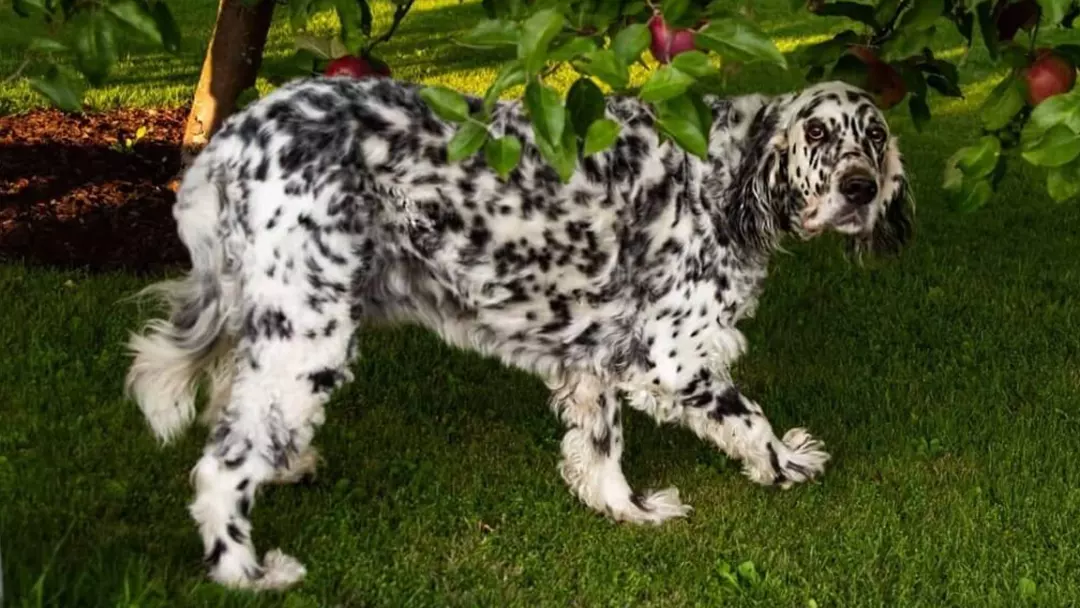
Since long-haired Dalmatians are known to be both intelligent and active, training is crucial. So, you’ll need to put in some serious effort when training your LC puppy. Here are some pointers for training your new Long Haired Dalmatian pup:
Let them socialize with kids
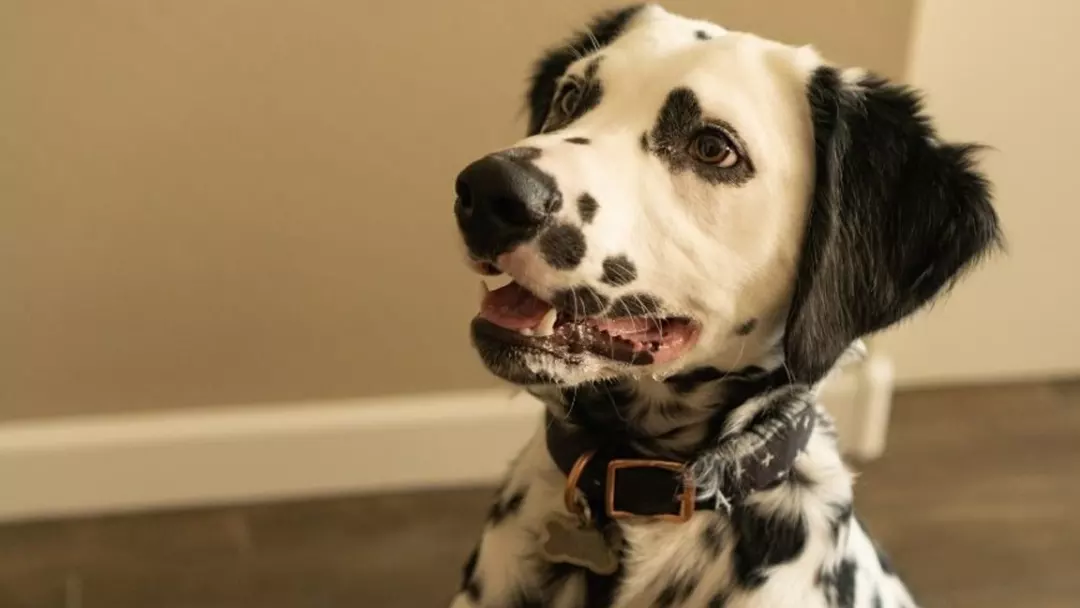
Get your fluffy dalmatian used to being around kids if there are kids in your family or in the neighborhood. Some dogs can develop anxiety issues around children and other pets if they don’t get to know them when they’re young. Because of this, your brown long haired dalmatian is more likely to exhibit bad behavior or cause trouble.
That’s why socializing your LC Dalmatian puppy with kids and other pets as soon as possible will do so much good. Your puppy will benefit from this as they mature, as they will be better able to handle the stresses of new situations.
It’s important to keep your Dalmatian active.
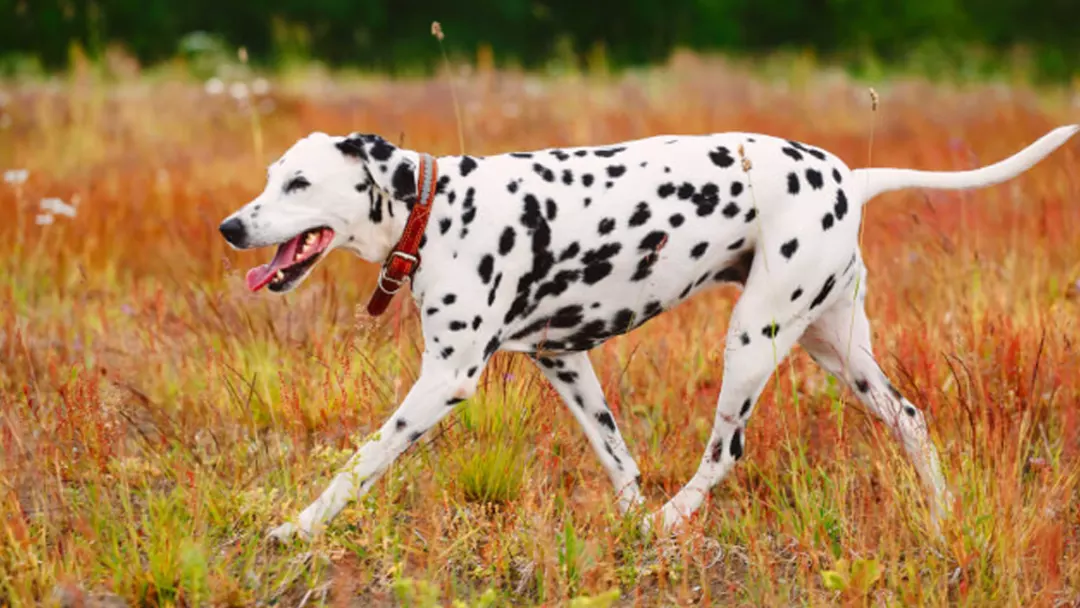
When young, Dalmatians in particular can have boundless amounts of vitality. So, it’s more crucial than ever to get them in the habit of working out. It’s important to establish a routine where your puppy will get daily playtime and, ideally, a daily walk. Your puppy will benefit from this because it will teach them appropriate ways to release their excess energy during these times.
Insufficient physical activity is a common cause of misbehavior in young Dalmatian puppies. Because they have too much pent-up energy, they may start scratching and chewing on furniture or ripping up clothes. This is why you need to make sure your puppy gets plenty of daily exercise.
Possible Health Factors in Brown Long Haired Dalmatian
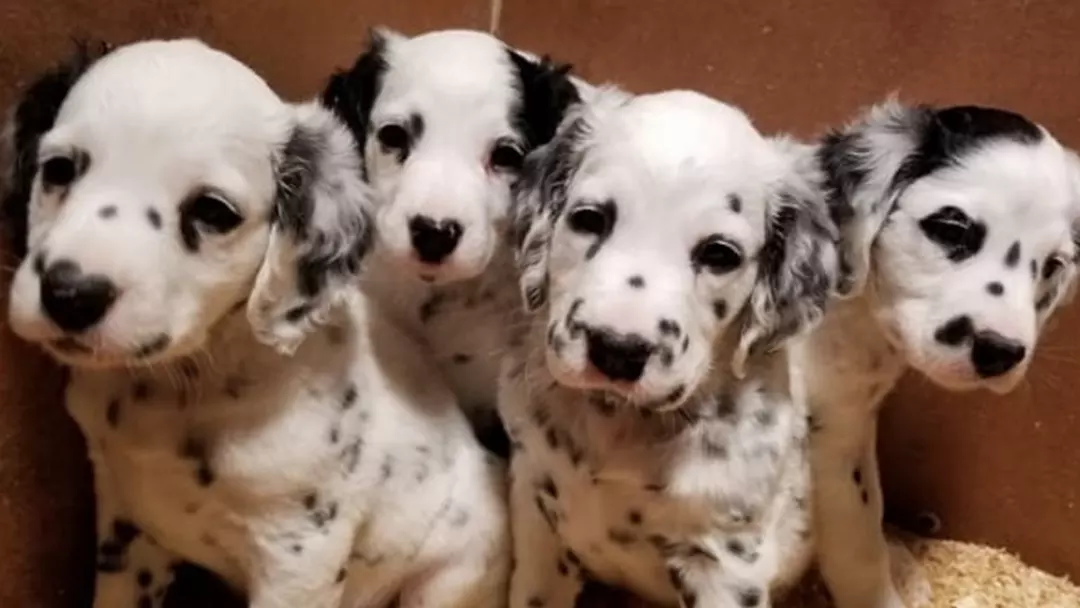
Depending on the size of the breed or its genetics, every dog breed will be genetically prone to certain health problems or conditions. Long-haired Dalmatians usually live between 10 and 15 years, but there are a few health problems that could shorten or lengthen your dog’s life. There is no guarantee that these conditions will happen, but the breed is more likely to have them because of their genetic history.
Deafness
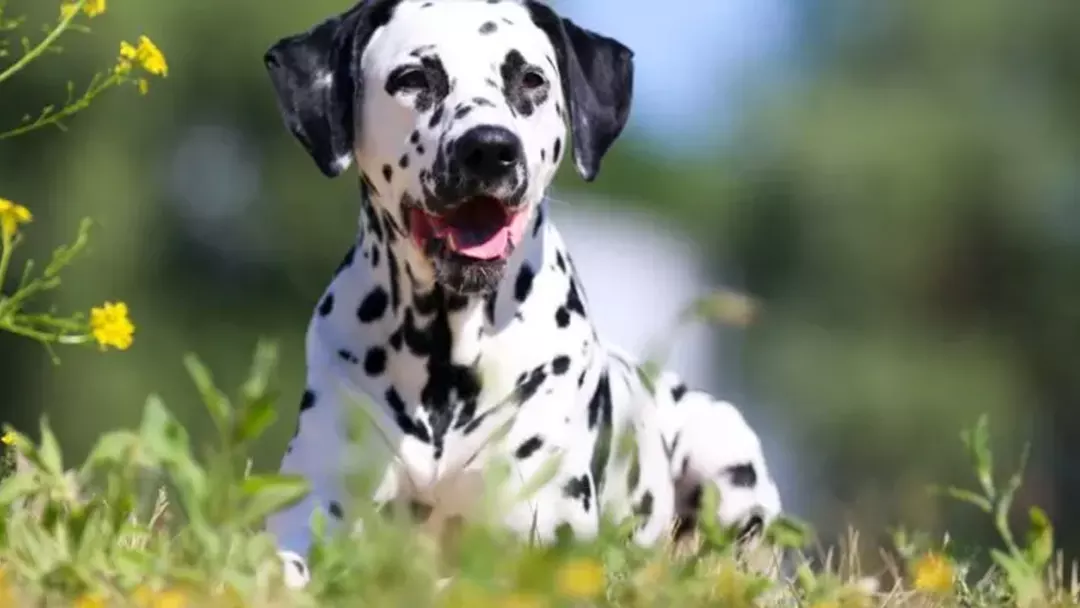
It is known that Dalmatians can be born deaf or have hearing problems. This is thought to be passed down from the parents. Many veterinarians and breeders have looked into this, but as of now, there is no known way to treat this genetic problem. Studies have shown that there is a 15% to 25% chance that a Dalmatian puppy will have a partial hearing problem or be completely deaf.
Since breeders are now required to breed only Dalmatians whose hearing has been tested, this number has begun to decline. This makes it much less likely that a puppy will have hearing problems. If you are looking for Dalmatian breeders, you should only look at breeders who do thorough testing and have proof of testing.
Potential Obesity
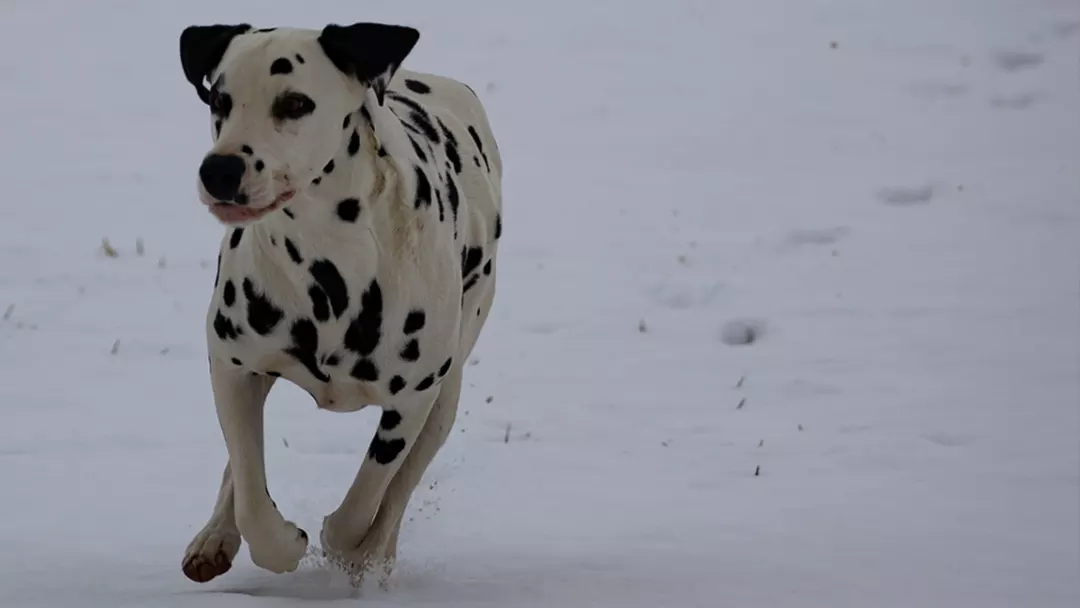
Obesity is a problem for almost every dog breed in America, but Dalmatians are especially at risk because they are so active. Dalmatians are very active and full of energy, which can make them hungrier than most dogs. And if the pet parent feeds their dog too much or more often than what is recommended, your Dalmatian will happily eat and eat and eat. Dogs getting too fat is a serious problem that needs to be fixed.
Dalmatians love to eat, and if you give them bad dog food or give them too much, your dog might have trouble with its weight, which can lead to a number of other health problems.
Conclusion
It’s just a Dalmatian with a long coat, to put it simply! It is just as friendly and loving as before. It’s kind of like a big puppy that always wants to play but has your back. It’s not a mistake in the genes, as some people think. It’s a lovely dog that would make a great friend. As a breed, it has gotten bad press, which isn’t its fault.
But this is changing as more people learn that all it takes is a little bit of work to get the best out of spotted dogs, no matter how long their coats are. Maybe one day the kennel clubs will see the light and add the long-hair Dalmatian to the breed standards.
Whether or not this happens, it doesn’t change the fact that these dogs are great and deserve care and love just as much as any other dog.



